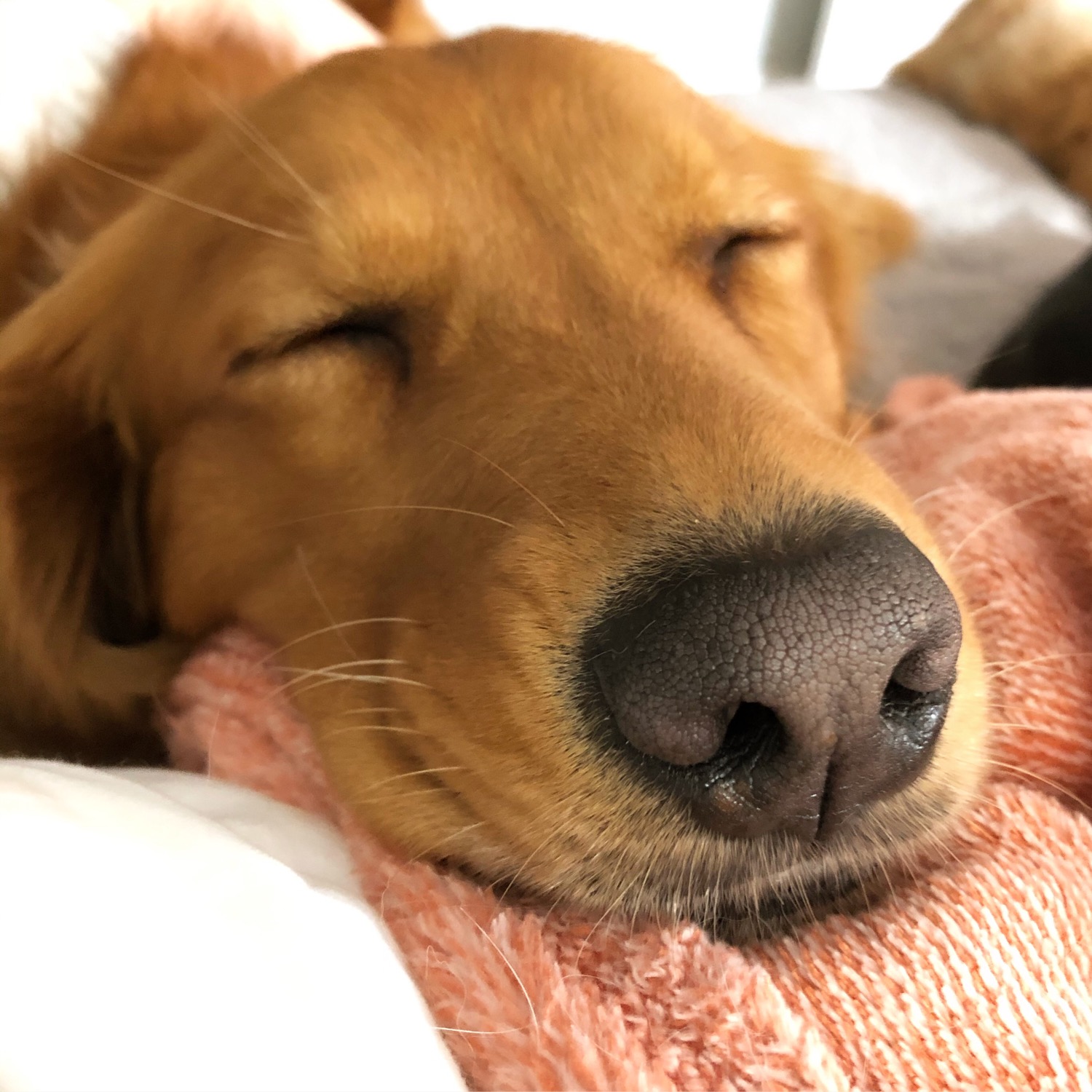What to know about Feline Herpes Virus
- HATS Staff

- Jun 30, 2025
- 2 min read
Meet Umbreon, Rootbeer, and Orlando- three fabulous felines that have come and gone from HATS with something in common, Feline Herpes Virus. (Pictured from left to right)
An estimated 90-95% of cats in America have been exposed to FHV-1 at some point in their life. It is the most common viral cause of sneezing and nasal discharge.
Feline Herpes Virus is highly contagious among cats, spread through direct contact with infected oral, nasal, or eye secretions. The virus primarily affects the upper respiratory tract with symptoms of:
Sneezing
Nasal discharge
Fever
Loss of appetite
Cough
There are also numerous ways that the eyes can be affected, including:
Discharge
Changes in color
Conjunctivitis (pink eye)
Chemosis (enlargement of pink eye lining)
Corneal ulcer (scratch or tear in the clear part of the eye)
In severe cases, the skin can be affected with signs of:
Redness
Swelling
Crusting
Loss of hair
Testing & Treatment
A PCR (Polymerase Chain Reaction) test can be done by a veterinarian to test for the virus. This test is done by collecting swabs from the deep mouth, nose, and eyes. This test does not differentiate between chronic carriers (experience flare ups but are overall asymptomatic) and an active virus carrier.
An active virus carrier is diagnosed based on their physical exam, symptoms, and medical history. A positive FHV-1 result could come back when the feline has been vaccinated against the virus, causing antibodies to be produced and detected in the PCR test, or when the cat was infected and now carries the virus without exhibiting symptoms.
Treatment routes can vary depending on severity, vaccination status, age, and underlying health conditions. There currently are no medications available in the United States to treat FHV-1, however, sometimes Famciclovir (medication used to treat herpes and shingles in humans) can be used to reduce clinical signs and virus shedding through secretions. Eye symptoms can be treated with topicals.
Supportive care is very important for herpes infected felines. This kind of care includes:
Fluids for hydration
Routine cleaning of nose and eyes (if affected)
Lysine immune supplements (decrease virus replication)
These treatment options are aimed to decrease severe symptoms like pneumonia and physical damage to the nose and eye structures. Physical damage occurs when FHV-1 goes untreated/cared for and the virus attacks the nose and eye areas down to the bone.
Prevention & other info.
Young cats are most affected by the virus because their immune systems are often weaker than adult cats. Those in communal living and outdoor environments are at a higher risk for the virus because of the exposure to other felines and their secretions.
The virus is traditionally active for 7 to 10 days and only survives for 18 hours outside of a host. This makes the virus susceptible to disinfectants, making routine cleaning of shared spaces and items very important for reducing the spread.
Isolating sick cats, vaccinating, and reducing stressors are all top prevention methods. Stress is a main cause of flare ups for chronic/asymptomatic carriers.










If you're looking for an exciting night in Gurgaon, then you can have an experience you will never forget with one of our 100% verified Gurgaon Call Girls at an affordable price! Book now to make your wildest dreams come true.
Thanks for this article